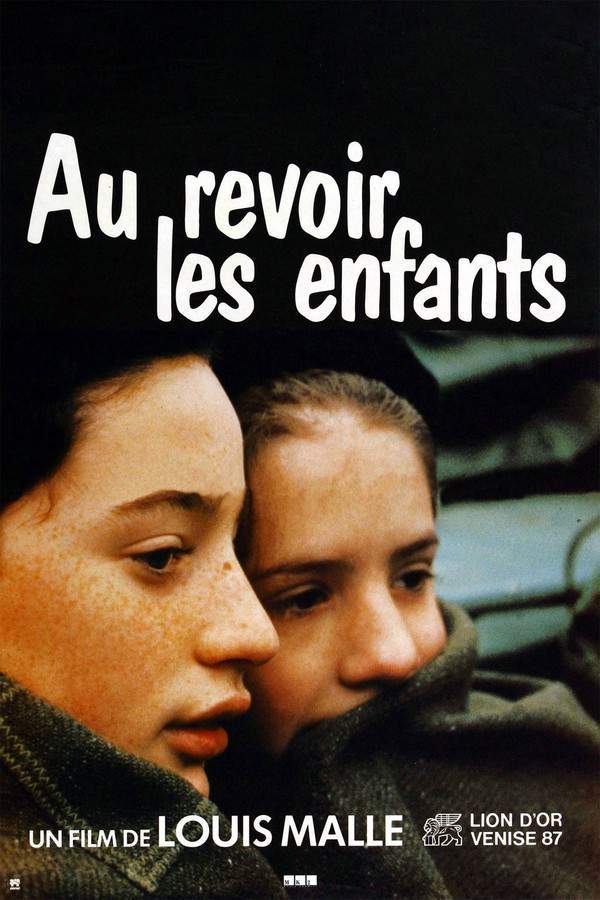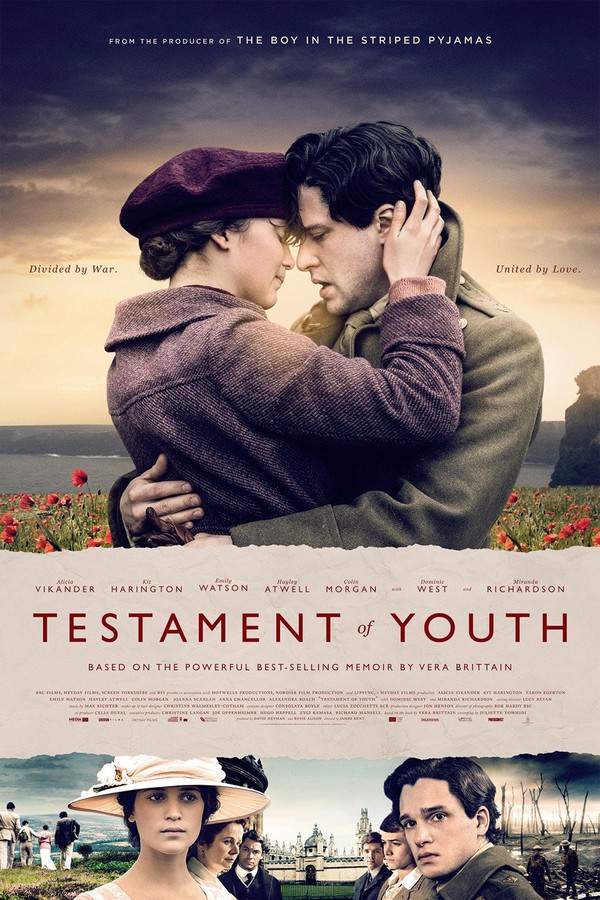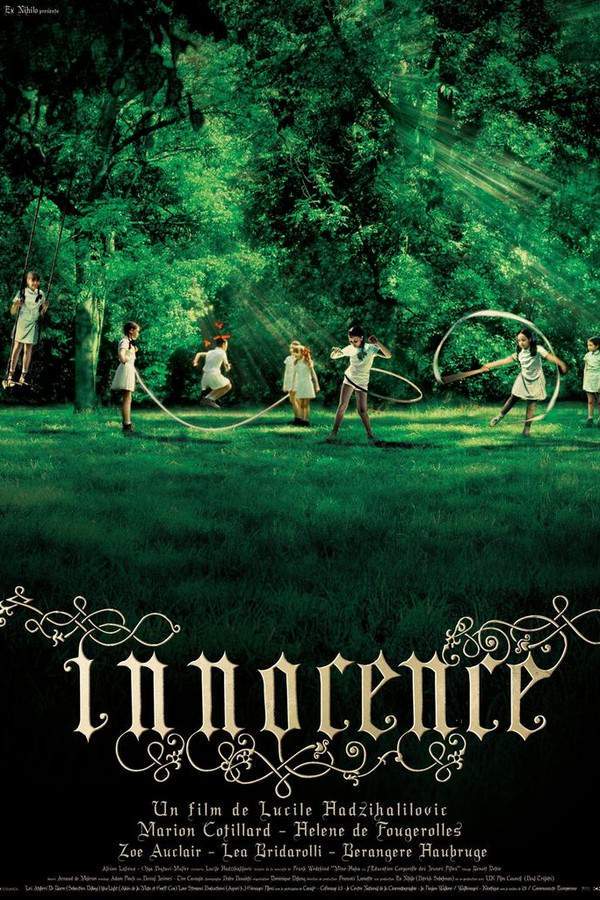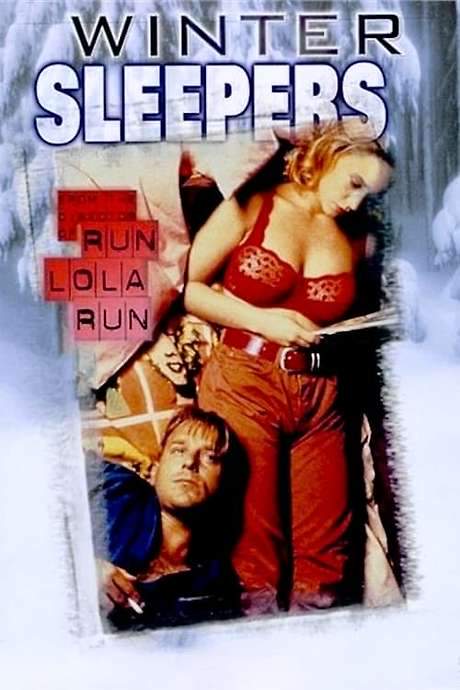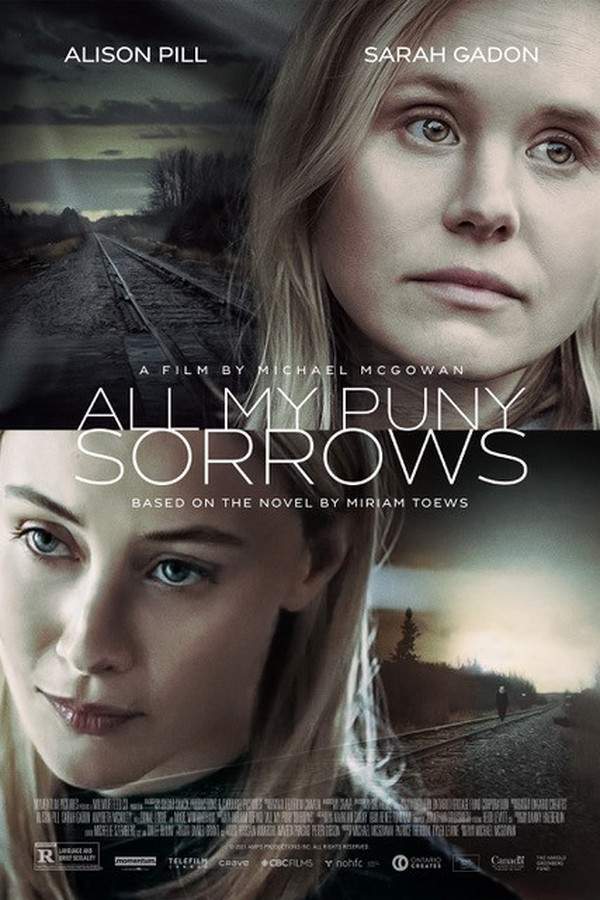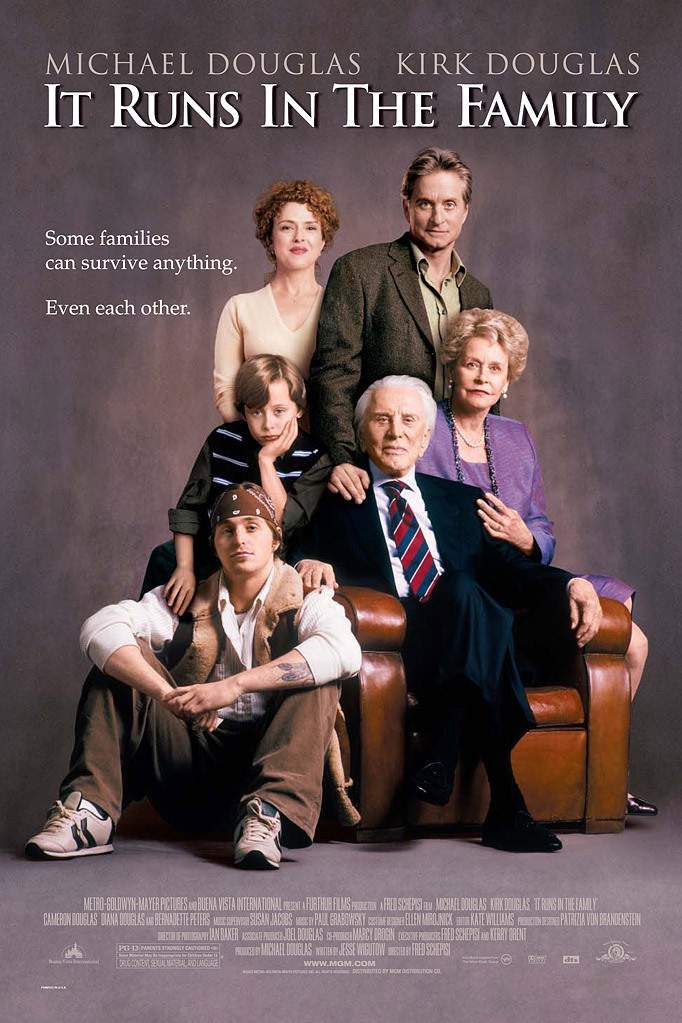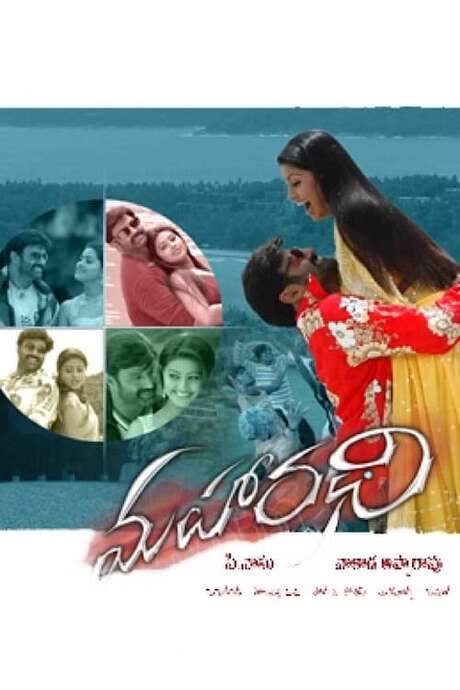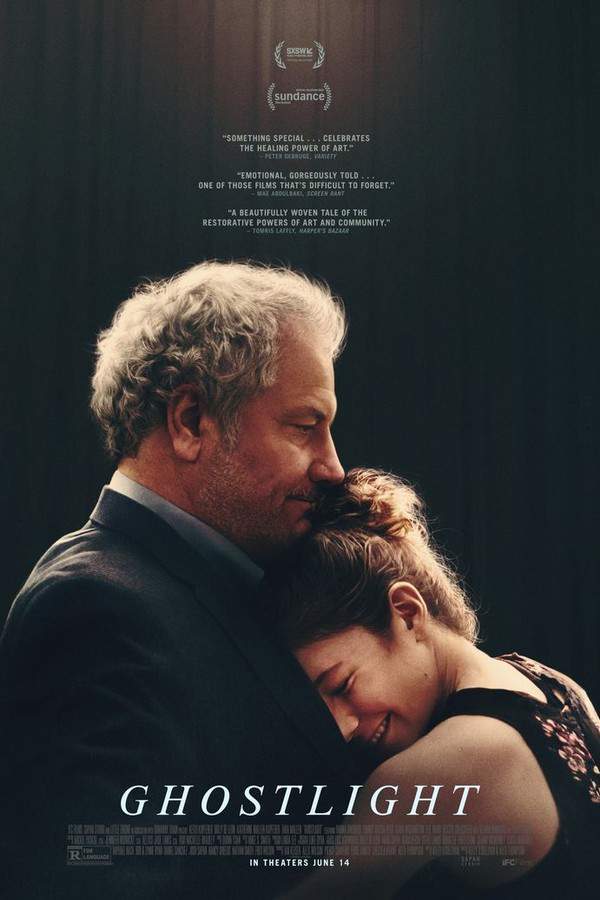
Carol’s Journey
Year: 2002
Runtime: 100 mins
Language: Spanish
Director: Imanol Uribe
Set in Spain in 1938 amid the civil war, twelve‑year‑old Carol, a Spanish‑American girl, arrives in her mother’s hometown. Her bright innocence and rebellious streak upset the family’s secretive ways, forcing her to confront a world that feels both foreign and entirely new, reshaping the household dynamics.
Warning: spoilers below!
Haven’t seen Carol’s Journey yet? This summary contains major spoilers. Bookmark the page, watch the movie, and come back for the full breakdown. If you're ready, scroll on and relive the story!
Carol’s Journey (2002) – Full Plot Summary & Ending Explained
Read the complete plot breakdown of Carol’s Journey (2002), including all key story events, major twists, and the ending explained in detail. Discover what really happened—and what it all means.
During the tumultuous year of 1938, Carol, a young girl just 12 years old, and her mother, Aurora, visit their ancestral hometown in Spain amidst the chaos of the Civil War. For Carol, this trip marks her very first experience in the country of her heritage, as she’s been raised in New York, a city far removed from the conflicts happening abroad. Her father, Robert, is fighting on the frontlines as a pilot with the International Brigade, and he communicates with his wife and daughter through handwritten letters, which are secretly delivered by a Portuguese smuggler amid the dangers of wartime.
Aurora’s family belongs to the middle class and holds conservative values, which sharply contrast with Aurora and Carol’s more liberal American customs. This cultural clash creates tension within the community, especially with the Catholic clergy, who view Aurora’s modern views with suspicion and disapproval. During a visit to her former teacher and closest friend, Maruja, Aurora confesses her grave illness, revealing that she has come back to her hometown primarily to spend her final days with family and to say her goodbyes. Her deteriorating health soon confirms that her presence in Spain is likely temporary, and after her passing, Carol faces the painful reality of her mother’s death.
Devastated by her mother’s passing, Carol makes a heartfelt plea to her grandfather, Don Amalio, to keep her mother’s illness a secret from her father, so as not to burden him further with worry. To maintain her mother’s memory and keep her father’s spirits intact, Carol persuades Maruja to continue writing letters to Robert in Aurora’s name, helping her father believe that his wife is still alive and well back in Spain. Following her mother’s death, Carol moves in with her aunt Dolores and her cousin Blanca, and begins to forge bonds with local children, including a young boy named Tomiche, with whom she develops a romantic affection.
As the war’s tide turns and Madrid falls to the Republican forces, the political climate becomes even more dangerous. Don Amalio, who secretly supports the Republican cause, is forced to destroy his collection of pro-Republican books to hide his beliefs from the family, who are largely supportive of General Franco. During this period, her father, Robert, manages to sneak back into town, bringing a surge of joy to Carol. However, her happiness is cut short when the authorities search Don Amalio’s house for any sign of Republican sympathies. In a tragic turn of events during the chaos, Tomiche, whom Carol had wanted her father to meet, is accidentally shot and killed—an event that forever changes the lives of everyone involved.
In the heart-wrenching epilogue, Carol departs from Spain and returns to New York, where she is placed under the care of her paternal grandparents. Don Amalio expresses hope that her father, now a prisoner, will face only a short incarceration, thanks to his U.S. citizenship and the influence of American diplomacy. As Carol heads to the port for her journey home, her friends—riding bicycles—race to say farewell, and she quietly imagines Tomiche among them, saying goodbye in her heart, symbolizing the innocence and loss she experienced during her childhood in war-torn Spain.
Last Updated: August 19, 2025 at 05:12
Explore Movie Threads
Discover curated groups of movies connected by mood, themes, and story style. Browse collections built around emotion, atmosphere, and narrative focus to easily find films that match what you feel like watching right now.
Childhood Innocence Blighted by War like in Carol's Journey
Young protagonists experience conflict and loss in a world of adult complexity.Explore movies like Carol's Journey where young protagonists navigate the complexities and tragedies of war. These stories often feature children as central figures, offering a poignant and heartbreaking view of conflict through their innocent eyes, focusing on personal loss and the abrupt end of childhood.
Narrative Summary
Stories typically follow a young, often naive protagonist as they enter or live within a war-torn environment. The narrative unfolds through their limited understanding, revealing the human cost of conflict through personal losses—friends, family, home—culminating in a premature end to their innocence and a bittersweet, formative understanding of the world.
Why These Movies?
They are grouped by the shared emotional core of exploring major historical conflicts through the intimate, vulnerable lens of childhood. This creates a specific, melancholic tone where the tension of war is secondary to the profound emotional impact on the young protagonist's development.
Bittersweet Melancholy in Family Dramas like in Carol's Journey
Emotionally heavy stories of families grappling with secrets and grief.Find movies similar to Carol's Journey that focus on emotionally heavy family dramas. These films often involve a disruptive force revealing hidden truths within a family, leading to grief, reflection, and a bittersweet, melancholic conclusion that mixes sorrow with a touch of hope.
Narrative Summary
The narrative pattern involves an outsider or a catalyzing event exposing deep-seated family secrets, grief, or unspoken tensions. The story unfolds in a linear, steady manner, prioritizing emotional depth over complex plotting. The climax is often a moment of tragic revelation or loss, leading to an ending that is sorrowful yet imbued with a sense of nostalgic closure or hard-won understanding.
Why These Movies?
These films share a specific mood blend: a steady, melancholic pace, heavy emotional weight centered on familial relationships, and a narrative focus on confronting painful truths. The consistent bittersweet ending feel provides a cohesive viewing experience for those seeking deeply emotional, character-centric stories.
Unlock the Full Story of Carol’s Journey
Don't stop at just watching — explore Carol’s Journey in full detail. From the complete plot summary and scene-by-scene timeline to character breakdowns, thematic analysis, and a deep dive into the ending — every page helps you truly understand what Carol’s Journey is all about. Plus, discover what's next after the movie.
Carol’s Journey Timeline
Track the full timeline of Carol’s Journey with every major event arranged chronologically. Perfect for decoding non-linear storytelling, flashbacks, or parallel narratives with a clear scene-by-scene breakdown.

Characters, Settings & Themes in Carol’s Journey
Discover the characters, locations, and core themes that shape Carol’s Journey. Get insights into symbolic elements, setting significance, and deeper narrative meaning — ideal for thematic analysis and movie breakdowns.

Carol’s Journey Spoiler-Free Summary
Get a quick, spoiler-free overview of Carol’s Journey that covers the main plot points and key details without revealing any major twists or spoilers. Perfect for those who want to know what to expect before diving in.

More About Carol’s Journey
Visit What's After the Movie to explore more about Carol’s Journey: box office results, cast and crew info, production details, post-credit scenes, and external links — all in one place for movie fans and researchers.










